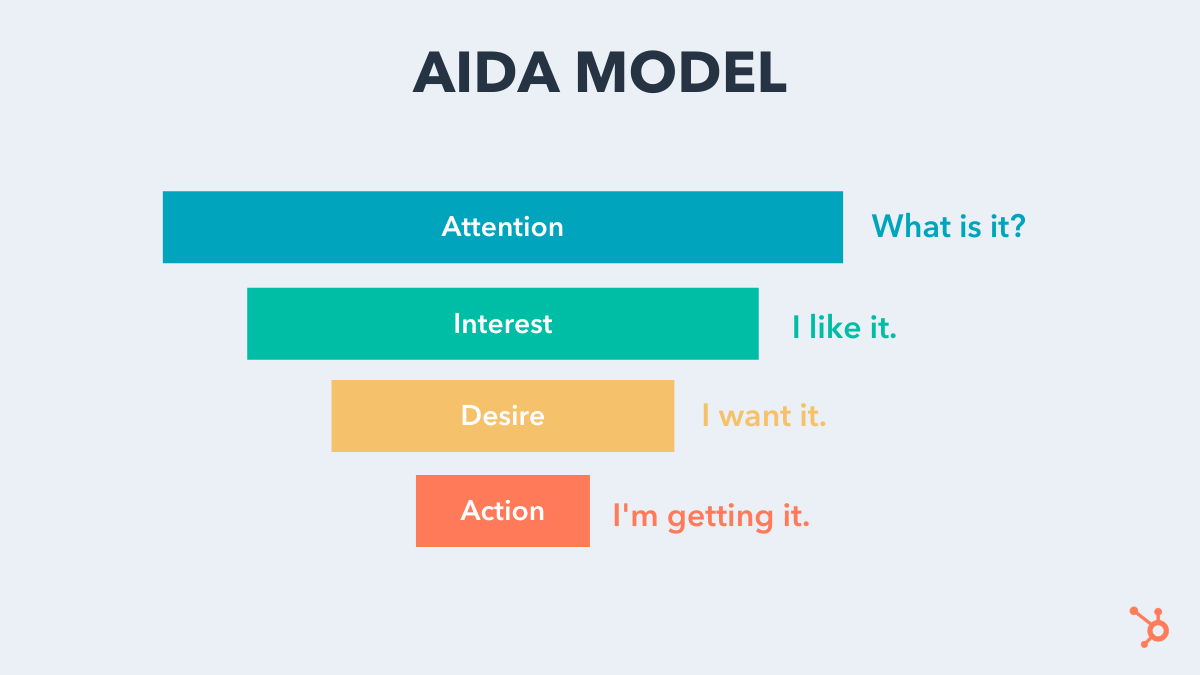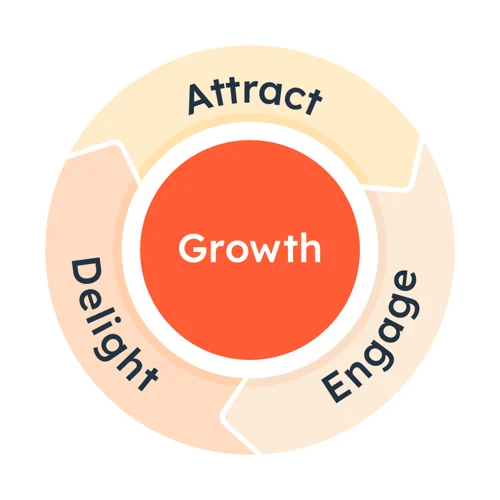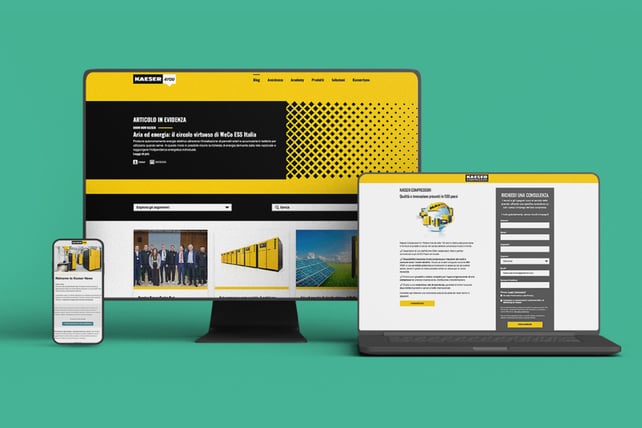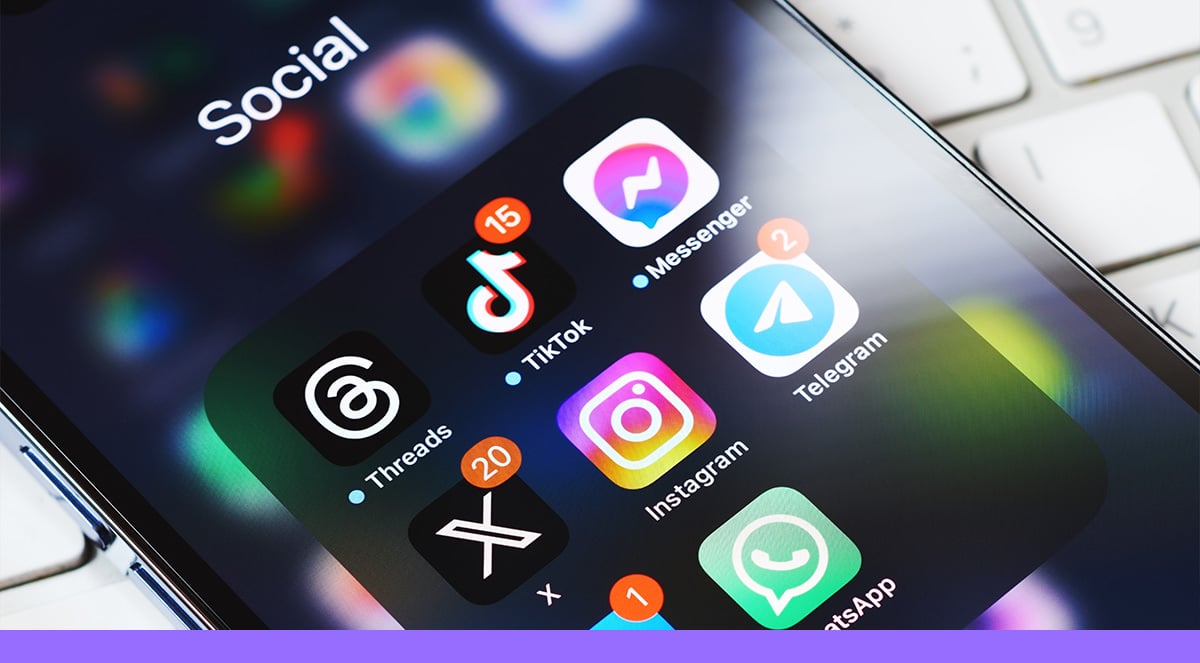In this article, I share my perspective on how the Funnel model can be surpassed by the Flywheel Model, which sees the customer not just as a mere purchaser but as a key player in business growth.
Content Index:
What is the funnel model?
Those in marketing know well: for years, the Funnel Model has been the foundation of Digital Marketing campaigns.
The funnel is a model that analyzes the customer journey, the steps a customer takes towards making a purchase. As suggested by its name, the pool of users involved narrows down as it approaches the final purchasing stage.
But what are these stages? Over the years, this model has been revised multiple times, with phases being added, modified, or removed. However, the basic stages in one of the most classic models (the AIDA model) are awareness, interest, desire, and action.
- Awareness: The user recognizes a need and looks around for a solution. During this phase, he is exposed to numerous messages from various industry players, each trying to present the most compelling value proposition. This phase helps users get an idea of the tool or service best suited to their needs, developing what is known as brand awareness.
- Interest: Now, the user knows what is looking for, he is ready to learn more about the advantages and disadvantages of each value proposition. This is the right time for the brand to capture the user's attention, without being too intrusive.
- Desire: In the previous stages, the user has figured out which product best suits his needs. The goal now is to turn this "like" into "want." To achieve this goal, the brand must provide a critical element: trust.
- Action: At this stage of the funnel, users are ready to become customers and complete their purchase journey by proceeding to conversion.

B2B vs BC2
The funnel model is a schematic and simplified representation of a more complex process, which varies depending on many factors. One of these is the market in which the company operates: targeting other businesses (B2B) or directly to consumers (B2C) can drastically vary the sales journey.
In B2B scenarios, the decision-making process is longer and more complex, involving multiple stakeholders within the company, often referred to as the purchasing committee.
In the B2C context, purchase decisions are often driven by consumer emotions and desires, making the decision-making process simpler and quicker. Consumers also pay more attention to the purchasing experience and the brand, requiring the construction of a funnel that accounts for the diverse needs and desires of different customer categories.
Why the funnel model is no longer effective?
Despite being a fairly realistic schematization of the customer journey, the funnel model has a significant limitation: it views the consumer as a passive buyer moving sequentially through phases. However, statistics reveal a less linear scenario today.
As reported by hubspot.com, 57% of B2B sales are concluded even before the customer contacts the company's sales team. Consumers rely not only on company-provided materials for information but also on third-party review sites, peer-to-peer reviews, and word-of-mouth. Simultaneously, general trust in businesses is waning: 81% of consumers place more trust in family, friends, and acquaintances for purchasing advice, preferring their opinions over company advertisements. Lastly, 55% of consumers trust businesses less than they did in the past.
This situation highlights that while the funnel was a good representation of how consumers used to gather product information and make purchasing decisions, it doesn't reflect how people decide to buy today. Moreover, it fails to consider aspects related to repeat business, users who enter repurchase cycles, or those who are already loyal customers. Essentially, what the funnel fails to fully account for is the decisive role of the consumer's network, whether it consists of other brand consumers or not.
The flywheel model
The flywheel is a model developed by James Watt and adapted by HubSpot to illustrate the momentum a company can gain by focusing its entire organization on creating a memorable customer experience.
The flywheel model is based on the concept that satisfied consumers create a positive driving force for the company, encouraging repeat purchases and attracting new consumers. The flywheel, a mechanical device that stores rotational energy through angular momentum conservation, symbolizes this phenomenon. Satisfied consumers are seen as the creators of "momentum," with the "rotational energy" representing company growth.
Unlike the funnel model, where the energy used to acquire a customer is lost at the end of the purchasing process, the flywheel model stores this energy, creating a circular path that starts and returns to the company.
This recycling of energy depends on three factors:
- The speed at which the company rotates the flywheel
- The amount of friction present
- The size of the flywheel
The speed increases by focusing energy on the area that yields the most effect. The forces that create this energy are the programs and strategies set up by the company, like inbound marketing plans, freemium models, frictionless purchasing experiences, customer referral programs, paid advertising, or investments in improving customer service.
Simultaneously, it's vital to remove obstacles that create friction, such as inadequate internal processes, lack of communication between teams, or misalignment between customers and employees.
By increasing speed and reducing friction, promoters of our business are created, who in turn continue to energize the flywheel.

Phases of the flywheel model
The model is based on an Inbound Marketing methodology, whereby the user is the one who approaches the company through its value proposition. Using this methodology, the model, represented as a circle, has three phases:
- Attract: at this stage, it is essential to attract users with valuable content and by removing all barriers, with the aim of getting to more complete information about the company and its products or services. It is essential to earn visitors' interest, but not to force it.
- Engage: at this stage, the user understands the value proposition. Simplify the conversion process by allowing purchases on their terms and providing the right support. Focus on building relationships, not just closing sales.
- Delight: the customer's success is the company's success. Help, support, and empower actions that help the customer achieve their goals, making them satisfied and a source of energy for the company.
The flywheel model demonstrates that companies adopting it start with an advantage, as not only do they work for their growth, but their consumers do as well, albeit indirectly.
Do you want to implement an Inbound Marketing strategy for your business?






